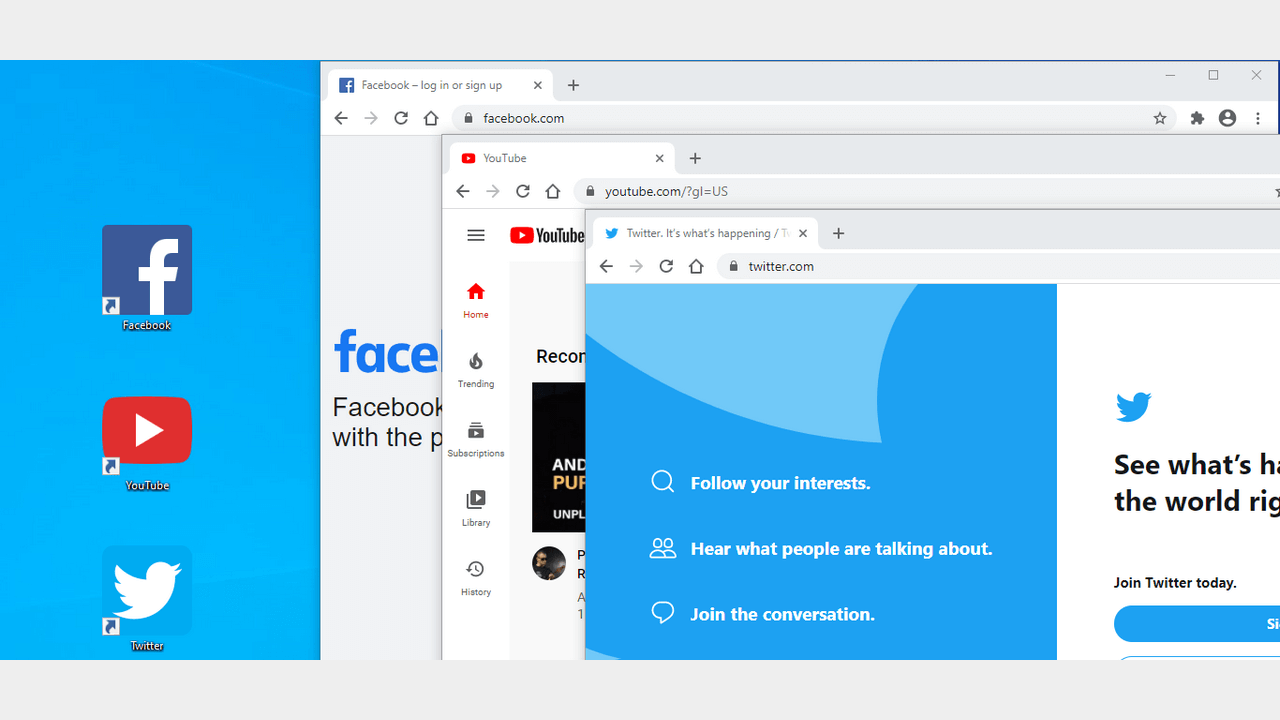
It’s just a crime issue and details that a teenager (the main smartphone user) doesn’t want to deal with.
Out of the box features, 1.Brave wins! Compared to the complex Firefox setup of signing in, obtaining your syncs, configuring your sharing of information, telemetry, and installing ublock and ghostery, it is download and use. Brave UX wins! Since it stole the swipe title to switch tabs, easy to close all tabs, usable navigation in the bottom bar, and friendly settings to cover what you don’t need. Brave wins almost twice the pace of the new firefox quantum with ghostery by an enormous margin on results (ghostery is a tracker blocker that is installed to keep a fair comparison since brave blocks trackers out of the box). But ONLY when it comes to daily people, here are the aspects that have changed for Brave. I have to say that BRAVE is the winner over Firefox in the mobile world as a developer and a big mobile user. Which is better, Brave or Firefox, and Why? Also built on Chromium are Microsoft Edge and Opera. 
Chromium is a software project free from Google and open-source. Brave is a strong web browser based on privacy that is built on Chromium.


The main drawback is that it is difficult to synchronize bookmarks and other information through several devices. Brave is a lightweight, privacy-focused browser that integrates the processing of frictionless payments within it, which is excellent.







 0 kommentar(er)
0 kommentar(er)
